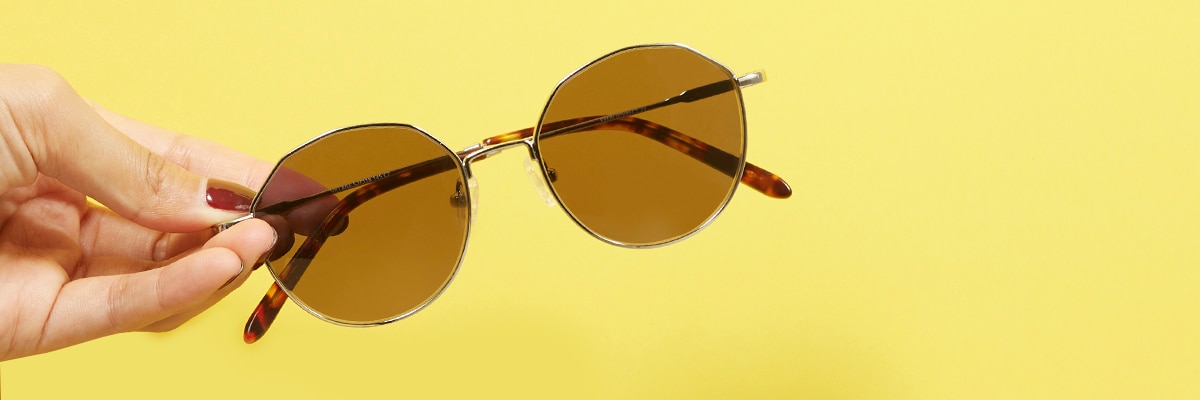In the EBD Blog
If you’re like many people, you probably associate high-quality sunglasses with a sky-high price tag. But are pricey sunnies really that much better than their less expensive counterparts? As long as you consider these factors, you should be able to find the right sunglasses to protect your eyes and your budget.
1. UV protection The first and most important thing to consider when buying sunglasses is the level of UV protection they provide. Don’t be fooled by pitch-black lenses — while it may seem sensible to purchase the darkest lenses on the shelf, it’s possible that you could be doing your eyes more harm than good. Dark lenses — especially those that don’t offer adequate UV protection — can cause the pupils to dilate and allow more light in, making them more vulnerable to harmful UV rays than if you had skipped sunglasses altogether.
To ensure your eyes are protected from the sun, look for hard claims such as “99% to 100% UV absorption guaranteed” or “100% protection against UV 400.” Don’t assume effective UV protection based on a vague mention on a sticker or in the product description. No matter the price (or the tint of the lenses), your new shades should be clear about the level of UV protection they provide.
2. Lens tints and coatings You don’t necessarily have to shell out your hard-earned cash for top-of-the-line lenses, but it’s still important to make sure they provide clear and comfortable vision.
If you’re shopping online, you may be asked to make the following choices about your lenses: * Prescription or non-prescription * Tint color (typically brown, gray or green) * Polarized, mirrored or gradient * Anti-reflective, anti-glare and/or anti-scratch coatings
If you’re browsing in person for shades to take home, your selection will be limited to what the store has in stock. Make sure to check your shades for any possible warping, bubbles or scratches before purchasing. Any imperfections may not be immediately noticeable, but you may experience eye strain after wearing them for long periods.
3. Lens material (impact resistance) If you’re anxious about wearing sunglasses to your next beach volleyball match, polycarbonate lenses are a must. They offer the best impact resistance and typically won’t break the bank, so you should be able to find polycarbonate lenses on less expensive sunglasses options as well as those at higher prices.
4. Frame style, shape and color Let’s not forget style. From wayfarers to aviators, the shape and style you choose are just as important to your look as your UV protection is to your eye health. Why? If you pick sunglasses you love, you’re more likely to wear them and keep your eyes protected when you go outside.
Go bold with bright-colored, oversized frames or keep it neutral with the classic black wayfarer — the choice is yours. Not sure what’s right for you? Learn how to pick sunglasses for your face shape. Think before you buy So, are less expensive sunglasses bad for your eyes? Not necessarily. The main objective is to find shades with maximum UV protection, the lens tint and coatings that you like best, and the level of impact resistance that’s right for your lifestyle — all combined in frames that you’ll love to wear. If that perfect new pair happens to be at a wonderfully low price, it sounds like you’ve found an excellent fit for your eyes and your bank account.
Just remember: If you need more information about anything — from lens material to UV protection level — ask a sales associate (or online chat support) before purchasing.






